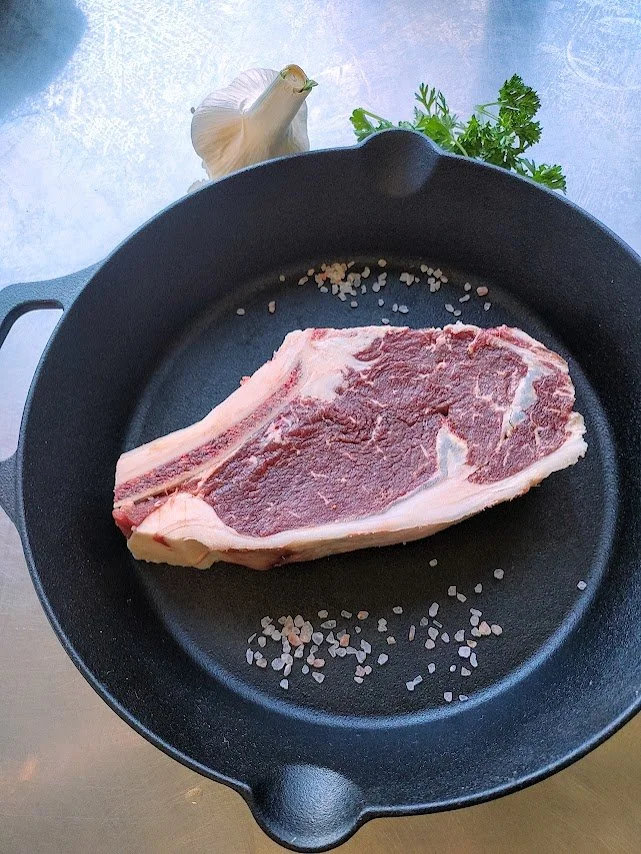
Beef
Barley-finished (tender and flavorful)
Our cattle never receive any hormones.
Humanely raised using sustainable practices (receive immediate and appropriate medical care when necessary).
Have access to fresh water, as well as indoor and outdoor spaces.
Available year-round
Affordable Pricing (see below)
Next Available Processing Dates
-
June 18
Quarter Available
-
July 9
Quarter, Half, Whole
-
July 17
Half or Whole
How to buy:
Buy a quarter, half, or whole share: Most economical. Stock your freezer! Learn more below.
By the cut: Visit the shop to see what we have available! We also sell our beef at Homestead Produce. Check out this great local resource!
By the box: We can build you a custom box. Tell us your budget, what types of cuts you like, and your culinary habits, and we will build you a box. If you’re not sure which cuts you want, we’ll pick great options and box them up for you! These boxes could include some lamb, if you like.
What to expect when buying a
quarter, half, or whole beef:
The most cost-effective way to get top-quality beef for you and your family!
-
We charge $4/lb on the hanging weight (post-slaughter, pre-aging), plus tax. We charge the same amount per pound, regardless of whether you get a quarter, half or whole. Our steers typically hang between 700-950 lbs. The customer is also responsible for paying all the butcher fees. We use South Hill Meat Locker (Bonners Ferry, ID), Alta Vista Meat Co. (Troy, MT) and Wood's Meat Processing (Sandpoint, ID). Each has their own rates. See South Hill’s price sheet here. See Alta Vista’s price sheets here and here .
A half beef should cost between $1800-$2400 (including processing). This is approximate and determined by the size of the steer and which butcher is available. We accept cash, check and credit cards. However, please note that there is a 3.5% convenience fee for purchasing a beef with a credit card.
-
First, you decide how much beef you would like (1/4, 1/2 or whole). If you would like to pay using a credit card, go to the shop, pick your date and pay your deposit. We accept all credit cards and PayPal. Just know that there is a convenience fee that is passed onto the customer for this service. If you want to pay cash or pay by check, give me a call (Kim 208.946.7668). I will gladly get you signed up for our next available butcher date. We will need your name, address, and phone number. As your harvest date approaches, I will send a text a few days before as a reminder. I should have an invoice mailed to you within a couple days of harvest. You pay us off this invoice prior to picking up the meat from the butcher. This is when you pay the butcher his/her fees.
-
Quarter 110-125 lbs
Half 215-250 lbs
Whole 430-500 lbsAll weights are approximate and are determined by the size and frame of the animal. Certain terms to know:
Live weight- the weight of the steer as it is walking around. Average 1300-1400 lbs
Hanging weight- Post slaughter-pre-aging. Typically about 60% of live weight. This is the industry standard for charging for beef and cut and wrap fees. Average 700-850 lbs.
Boxed weight- About 60% of hanging weight. This is the net weight of the meat you will receive that is packaged and ready for your freezer. The reduced weight here is attributed to the cutting and trimming of fat, connective tissue, bone, etc., as well as moisture lost during the dry- aging process. This weight varies dependent upon the cuts of meat included and any additional package options, e.g. bones, fat and offal.
FAQs
What do you feed your cattle?
We feed our steers homegrown hay, fermented forage and local non-GMO barley.
Do any of your animals get mRNA vaccinations?
No.
What size freezer will I need?
A general rule of thumb is that one cubic foot of freezer space holds 35-40 pounds of meat.
Where do all the cuts of beef come from on a steer?
Check out this article.
What are some standard beef cuts?
Roasts: Arm, Chuck, Sirloin, Rump, Heel and Pot
Steaks: Rib, T-Bone, Tenderloin, Sirloin, Top Round, Cube
Other: Short Ribs, Stew Meat, London Broil, Soup Bones, Burger
If you are wanting fat, suet, dog bones, offal, tri-tip, prime rib, brisket, etc., you may have to ask for it specifically. If you are wanting anything like the hide, head or hooves, arrangements need to be made prior to slaughter.
What are some common bovine terms?
Cattle: generic, plural term for all cows, bulls, calves, heifers and steers
Herd: group of cattle
Cow: female that has had at least one calf
Bull: an intact (not castrated) adult male
Calf: young cattle of both sexes.
Heifer: a young female before she has had a calf of her own and is under three years of age. A young female that has had only one calf is occasionally called a first-calf heifer.
Steer: young male that has been castrated
Often customers will inquire about purchasing half a “cow” for the freezer. They really mean they want tender, flavorful cuts of roasts, rib steaks, tenderloin and ground beef. At Cushman Family Farm, these cuts come from steers raised specifically for this purpose, not cows. Cows tend to be kept in our herd for many years, especially if they prove to be good mamas, raising strong and healthy calves each year. Most store-bought ground beef comes from these older cows.
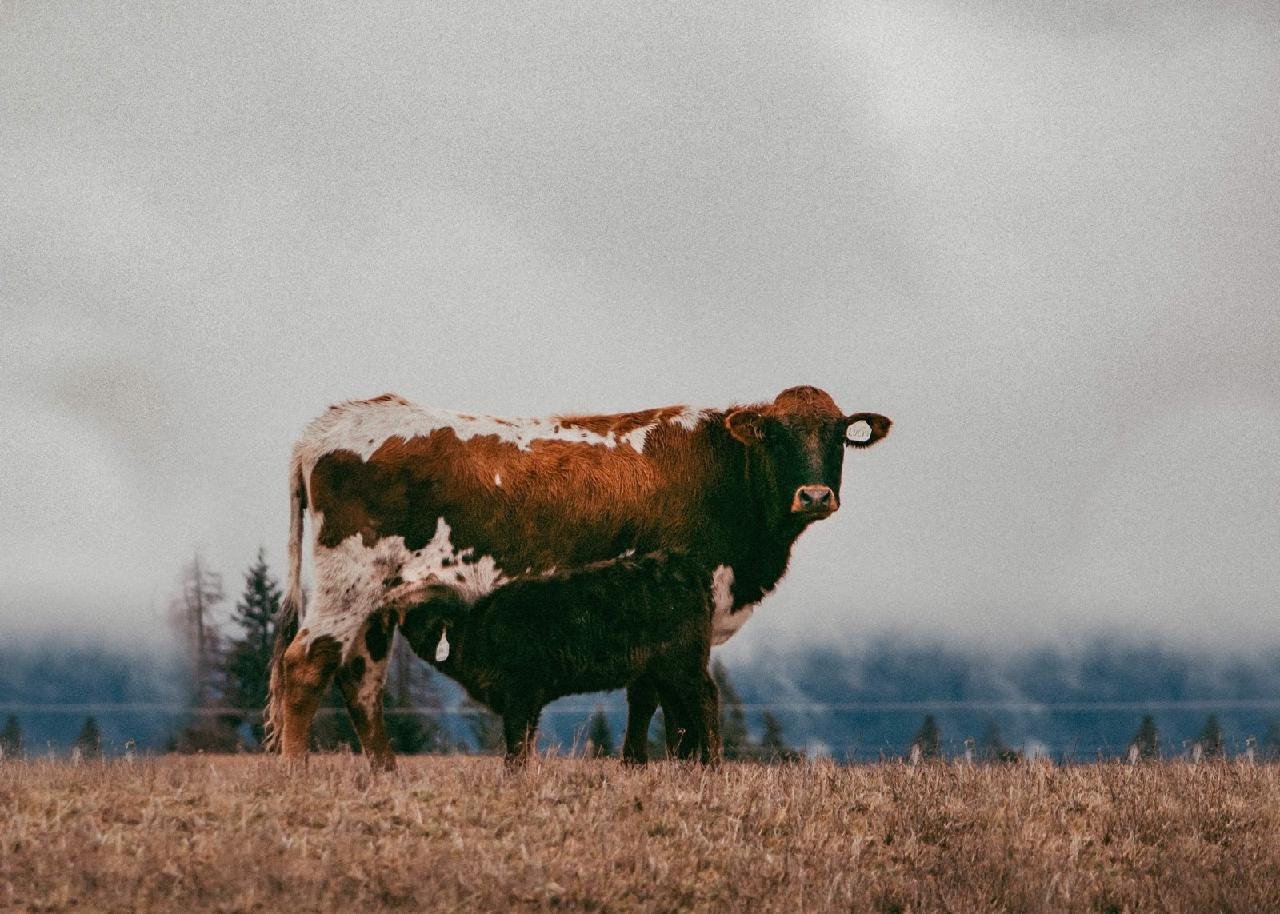

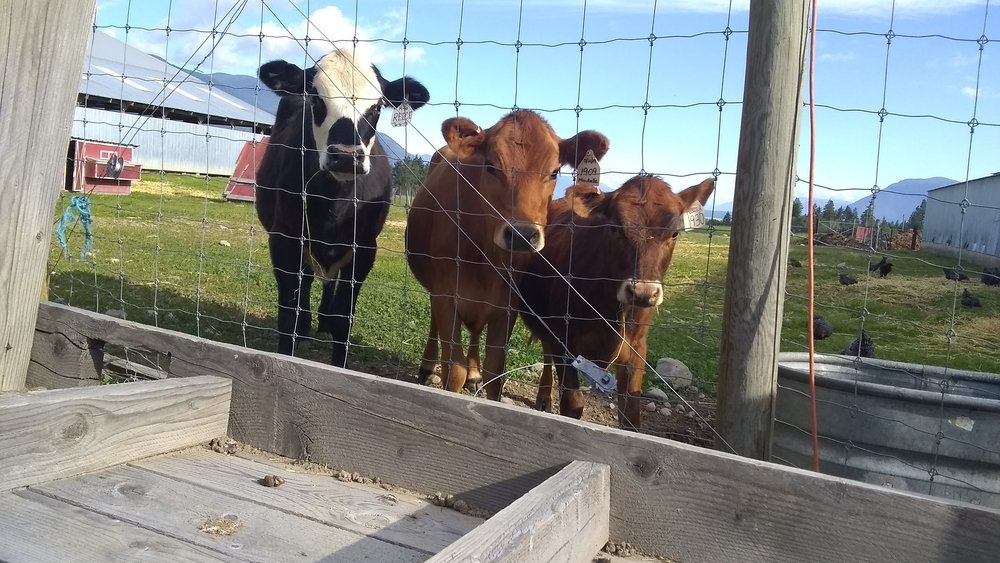
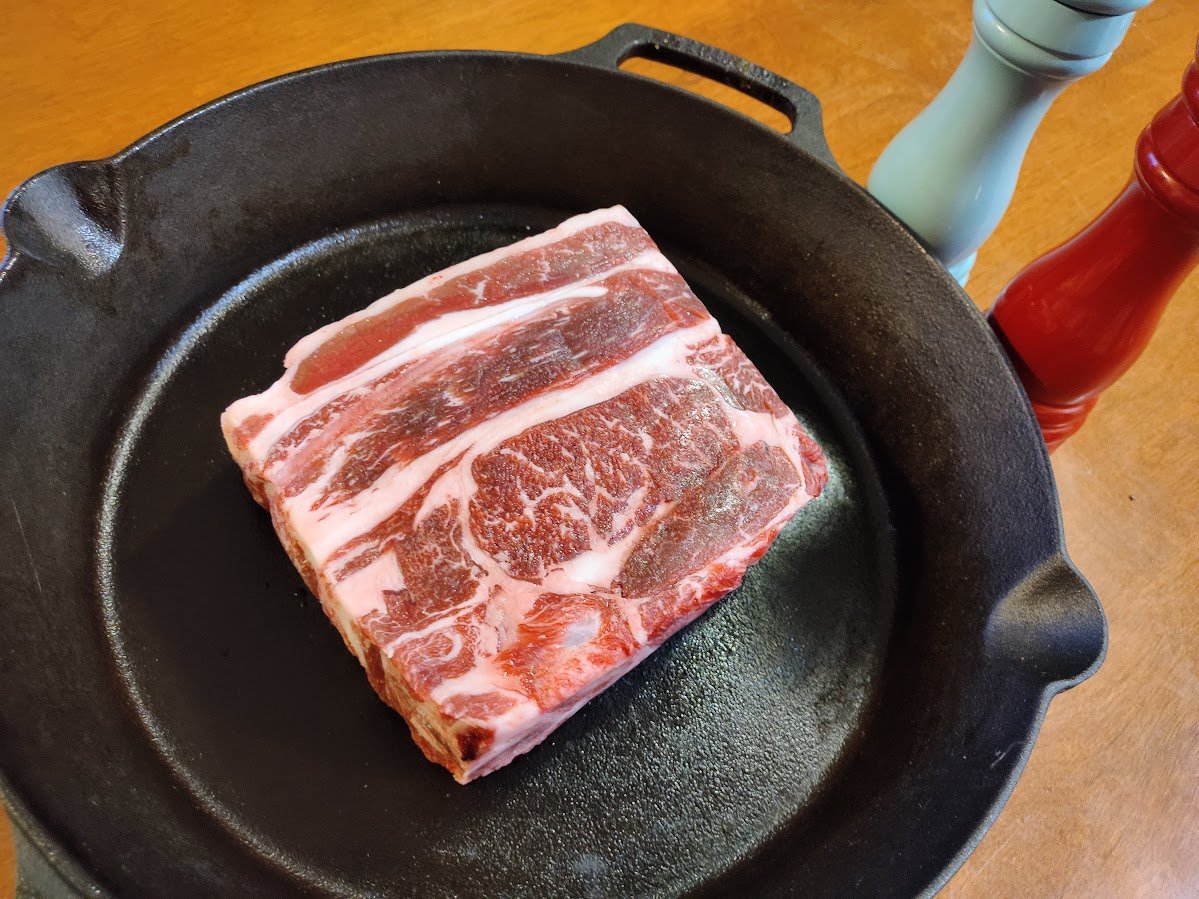


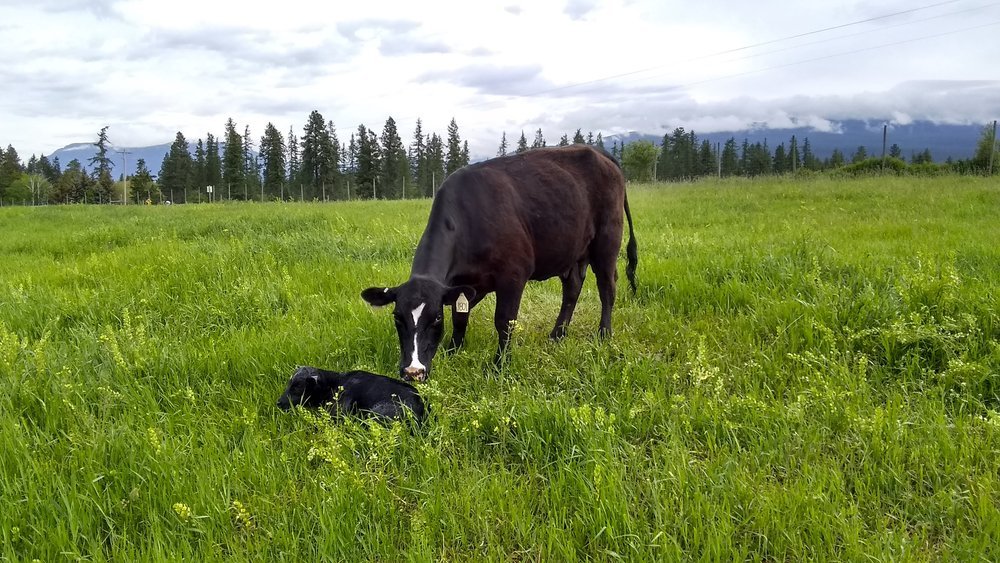
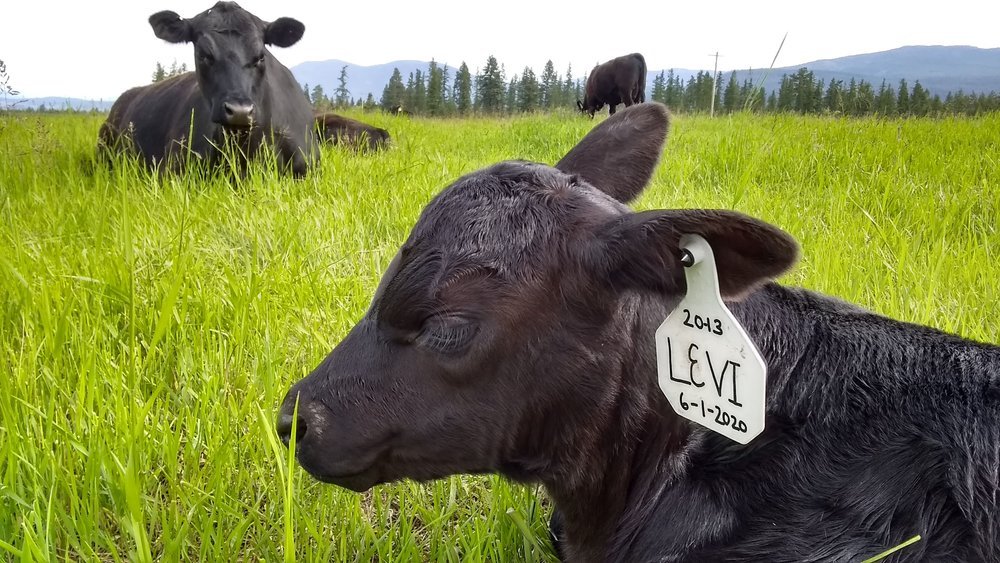

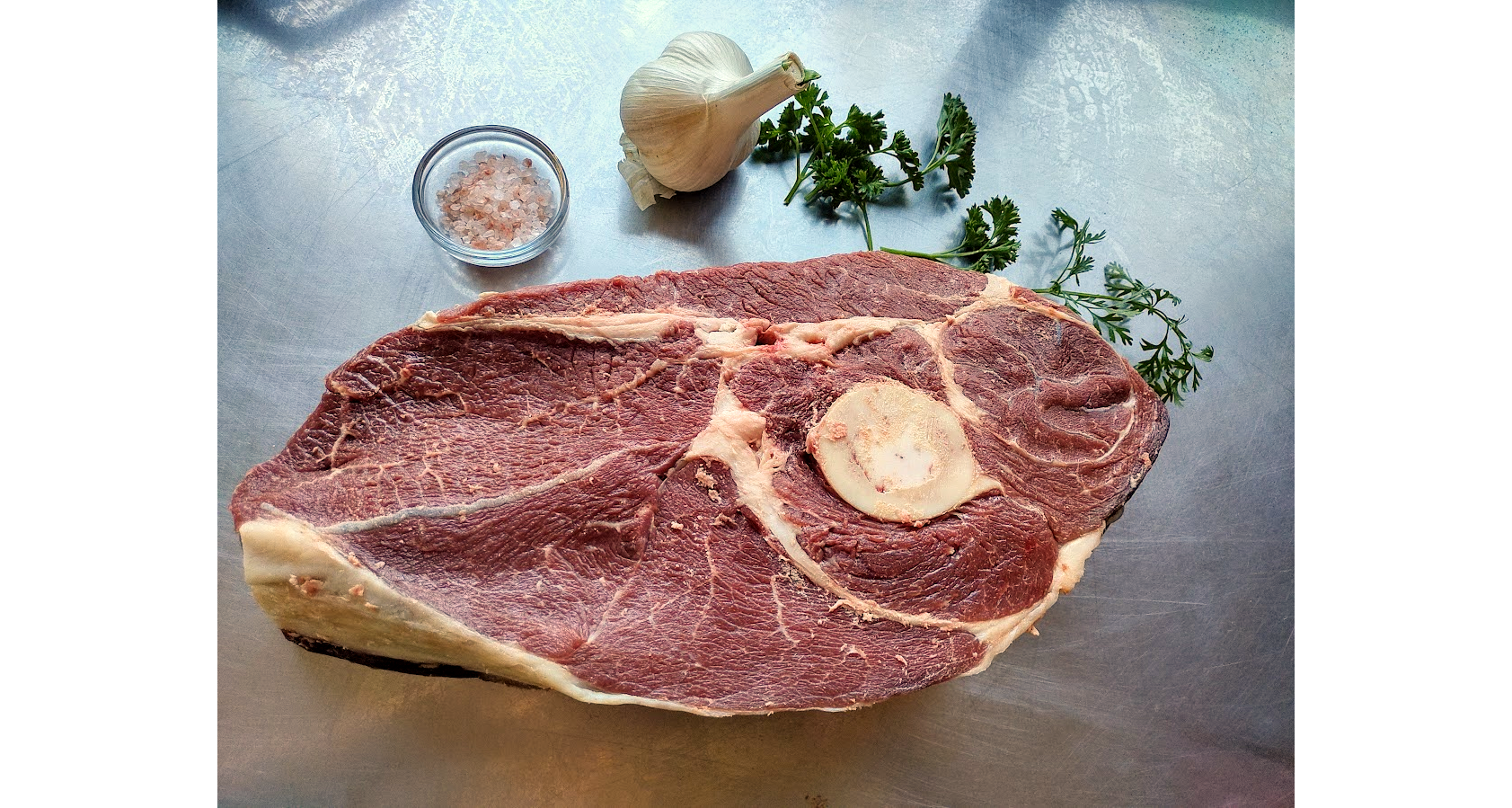




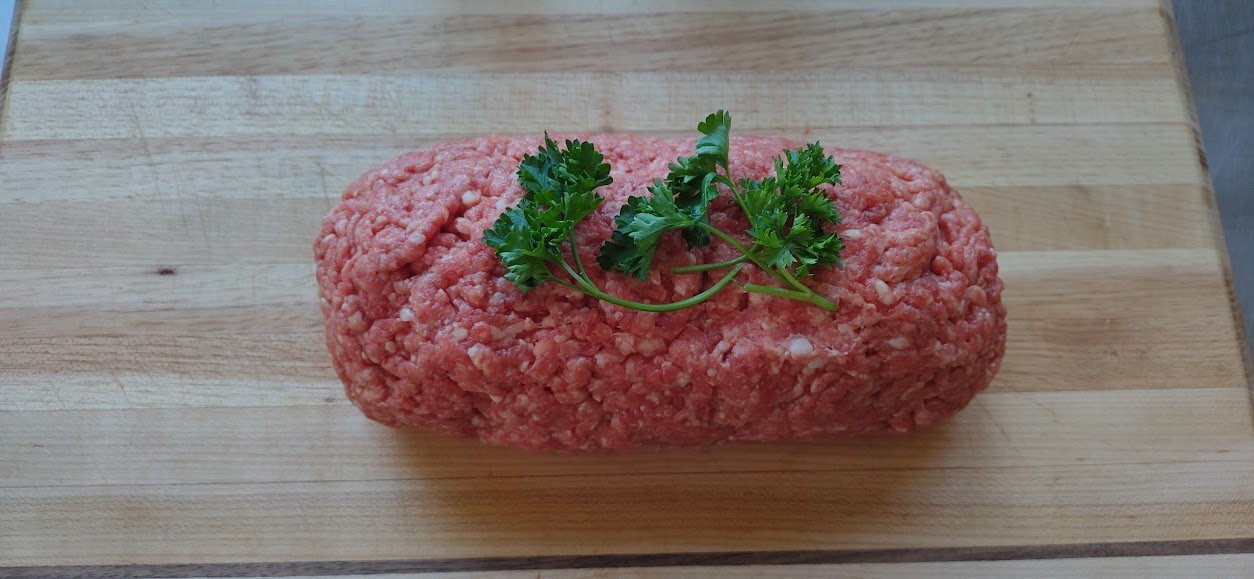

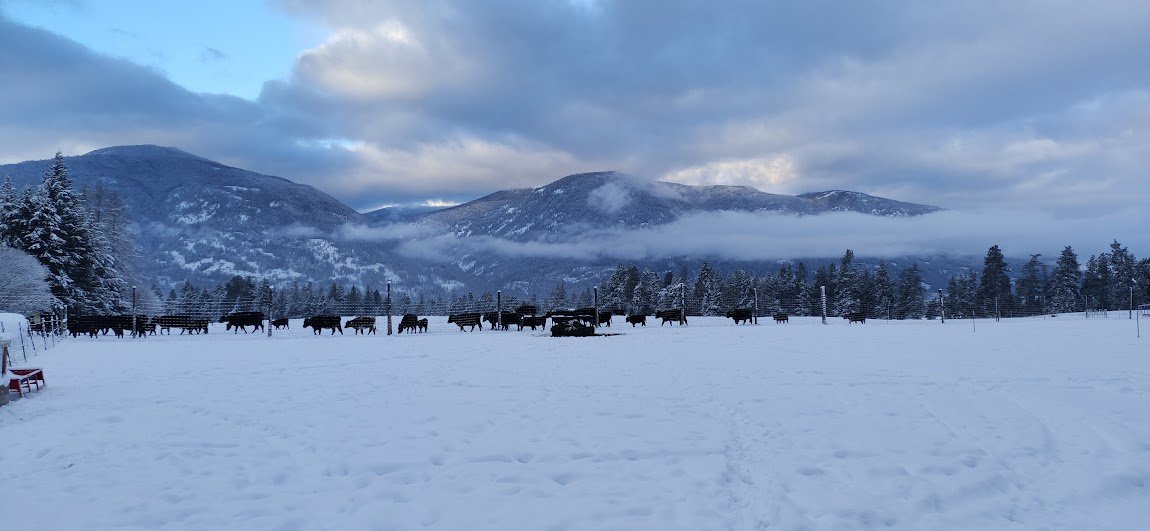



What people are saying…
“When you have eaten and are satisfied, praise the LORD your God for the good land he has given you.”
— Deuteronomy 8:10


